Land degradation, poverty and inequality
Land degradation threatens the livelihoods of billions of people around the world . This is particularly the case for populations living in rural areas where most of the poor people reside: estimates report
Land degradation threatens the livelihoods of billions of people around the world . This is particularly the case for populations living in rural areas where most of the poor people reside: estimates report
The UN Convention to Combat Desertification (UNCCD) convened a High-Level Policy Dialogue to discuss

The Intergovernmental Panel on Climate Change (IPCC), in its Fourth Assessment Report, re-emphasized the need for adaptation to address the impacts of climate change on lives and livelihoods across all sectors.
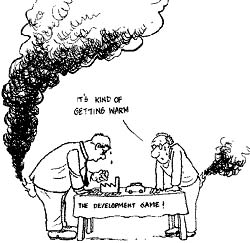
Climate change negotiations get emotional because carbon dioxide emissions are closely related to individual lifestyles and to national economies. For instance, the per capita GHG emissions of one US citizen were equal to those of 19 Indians in 1996
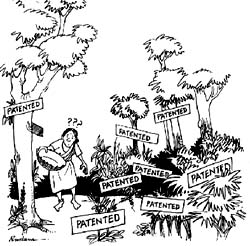
To energise the biodiversity convention, the world will have to first deal with difficult countries like the US
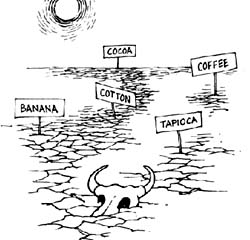
Northern countries still see desertification as a local problem caused by population pressures rather than international trade patterns and market demands

Developing countries are wary of the proposed treaty as chemicals like DDT are still used in many malaria prone regions for vector control
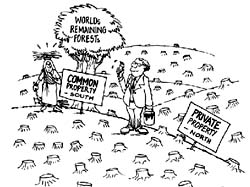
After almost 10 years of fighting for or against a forest convention, there is not even a common view on why forests are under threat and what should be done

Does a country have the right to demand that its domestic standards on environmental protection be applicable to all countries?
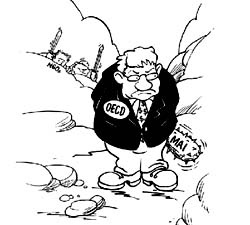
A no holds barred treaty on investments would hand over the world on a platter to MNCs

GEF should have been a liability fund, rather than a guilt fund set up by the North to make up for the global damage it had caused